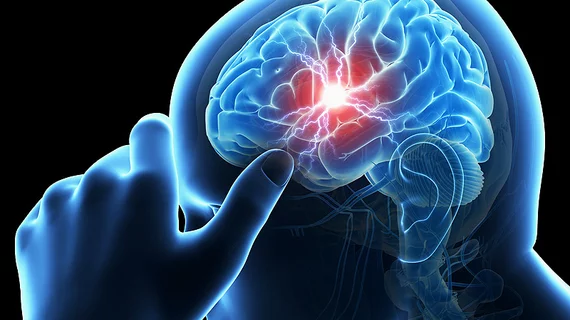Female stroke victims less likely to receive specialized imaging than men
Hospitalized women with ischemic stroke are less likely than men to be evaluated by stroke specialists and receive specialized imaging scans and other diagnostic testing in hospitals, according to research being presenting at this year's American Stroke Association International Stroke Conference in Honolulu, as detailed in an American Heart Association press release.
Roughly 140,000 Americans die from stroke each year, according to the Centers for Disease Control and Prevention (CDC). According to the American Stroke Association, women suffer from and die from more strokes than men.
Factors that can increase a women’s stroke risk include pregnancy, history of preeclampsia/eclampsia or gestational diabetes and post-menopausal hormone therapy, among other factors. Previous studies have also found gender differences in stroke risk factors, incidence and treatment.
For their study, researchers led by Samuel S. Bruce, MD, a first-year neurology residents at New York Presbyterian-Weill Cornel Medical Center in New York City, analyzed hospital records from 67,000 ischemic stroke survivors who are Medicare beneficiaries for whether there were gender disparities in treatment and evaluation after stroke.
Compared to male stroke survivors, the researchers found female stroke survivors were six percent less likely to have intracranial vessel imaging, 10 percent less likely to have cervical vessel imaging, eight percent less likely to be monitored for heart-rhythm irregularities and eight percent less likely to have an echocardiogram.
The research will be presented at the conference on Wednesday, Feb. 6, according to the release.

